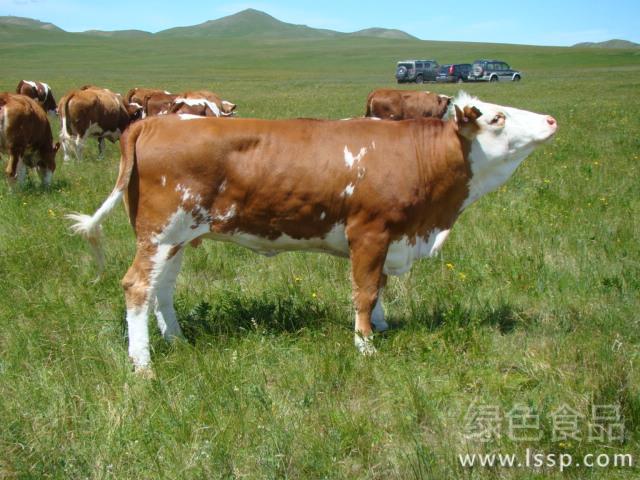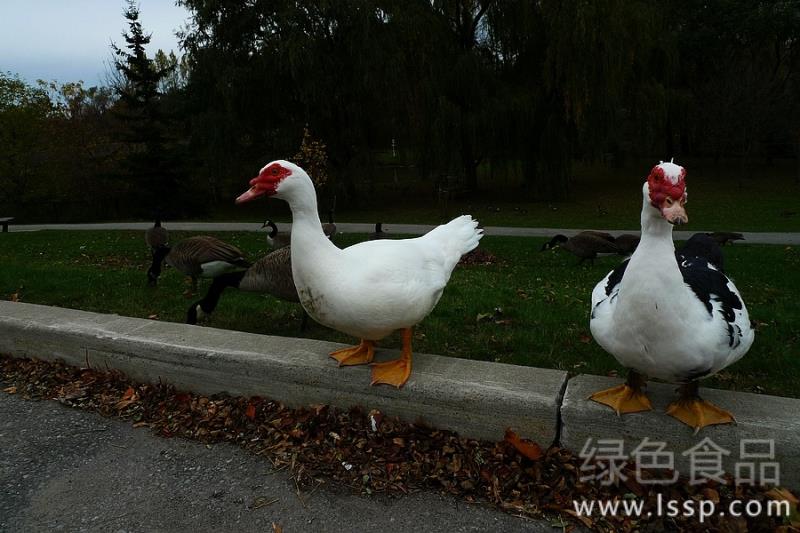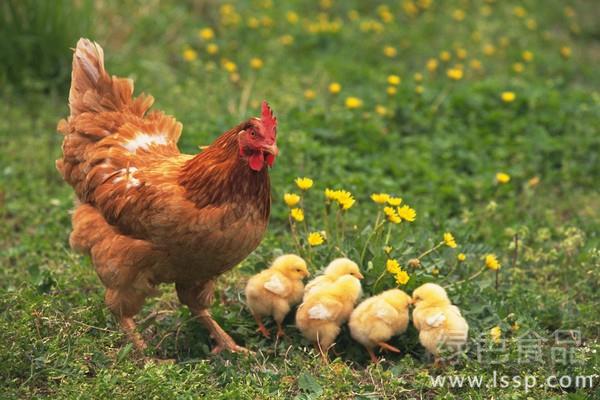Technical points of rich nutrition of distiller's grains as fattening dregs for fattening cattle
Distiller's grains are rich in nutrition, each kilogram of distiller's grains contains 412 kilocalories of total calories, dry matter, crude protein content of 26%, crude fiber content of 11.41%, crude fat content of 7.48%, crude ash content of 12.17%, but also rich in vitamin A, yeast, can be used for fattening beef cattle.

beef cattle
Selection of fattening beef cattle: the main selection of rack cattle, requiring strong limbs, no digestive tract diseases, no infectious diseases, compact fur, healthy male beef cattle, upper pen weight to reach more than 200kg, with Simmental, Angus, Limousin and other breeds as male parents of hybrid offspring is preferred.
3~4 months old healthy male calves, after early training, can also be used to fattening distiller's grains.
Distiller's grains storage and use:
Distiller's grains contain more water, so keep them properly. It is best to build cement ponds to preserve them, or use thick plastic bags. When taking distiller's grains from the pool, it should be taken horizontally, not vertically, so as to reduce the decomposition amount of distiller's grains. After each use, the distiller's grains should be covered tightly with plastic film again, and the plastic bag should be tightened to avoid the distiller's grains from rotting due to contact with air.
Preparation before finishing:
1. Deworming: After the beef cattle are put into the pen, use long-acting ivermectin for deworming, the dosage is 1 ml per 50 kg body weight, and repeat it after 10 days after the first deworming.
2. Jianwei: the use of proprietary Chinese medicine preparations such as cattle stomach medicine, health tablets, etc., for cattle Jianwei. If beef cattle on the fence after mild diarrhea, diarrhea should be, and then deworming stomach.
Distiller's grains and feed dosage
1.3 Age ~8 months: Dietary mix, per 50 kg body weight, 3 kg distiller's grains, 8 kg green (coarse) feed, 0.5 kg supplementary concentrate feed.
2.8 Month to market: distiller's grains consumption, per 50 kg body weight, distiller's grains consumption 8 kg, green (coarse) feed 5 kg, concentrate feed 0.5 kg.
Feeding and management techniques
1. Just feeding, a small number of cattle do not adapt, should be gradually training feeding, from less to more, until the beef cattle completely adapted. Distillers 'grains to be used are taken out from the cellar every day and mixed with concentrated feed. They are fed twice a day. After the beef cattle have eaten, they are fed with green (coarse) feed. After one hour, sufficient and clean drinking water is provided.
2. Distiller's grains are taken, mixed and fed now. Do not mix too much at one time. It is forbidden to feed moldy and deteriorated distiller's grains. If it is fresh distiller's grains, do not feed too much to prevent beef cattle poisoning.
Niu
3. Distiller's grains are heavy in acidity, and concentrate is added. Over time, excessive gastric acid in beef cattle leads to autoacidosis. Therefore, sodium bicarbonate must be fed every day according to 5 grams per cow, and mixed with distiller's grains and concentrate.
4. Before each feeding, check whether there is any residual feed in the feeding trough. If there is any residual feed, it must be cleaned before feeding, so as to avoid beef cattle from eating rotten feed and contracting gastrointestinal diseases.
5. When preparing concentrate feed, pay attention not to use mildewed feed raw materials to prevent aflatoxin poisoning of beef cattle.
6. When feeding feed, impurities in feed such as plastic silk, stone, iron wire, plastic bag residue, etc. should be picked up to avoid stabbing the stomach of cattle and affecting rumination of beef cattle.
7. Regular dosing. Feeding time should be basically consistent every day, with a difference of 1 hour, so as not to disturb the conditioned reflex of beef cattle.
8. Regularly brush beef cattle skin to improve blood circulation and reduce skin disease.
9. Regularly clean beef cattle manure, and wash the barn as little as possible in winter to give beef cattle a clean and dry environment. Winter, cold and warm; summer, heatstroke prevention.
- Prev

Muscovy Duck requires High Environmental temperature matters needing attention in Muscovy Duck Culture
Muscovy Duck requires High Environmental temperature matters needing attention in Muscovy Duck Culture
- Next

Three-stage feeding measures for broilers with good benefit in stages
Three-stage feeding measures for broilers with good benefit in stages
Related
- On the eggshell is a badge full of pride. British Poultry Egg Market and Consumer observation
- British study: 72% of Britons are willing to buy native eggs raised by insects
- Guidelines for friendly egg production revised the increase of space in chicken sheds can not be forced to change feathers and lay eggs.
- Risk of delay in customs clearance Australia suspends lobster exports to China
- Pig semen-the Vector of virus Transmission (4)
- Pig semen-the Vector of virus Transmission (3)
- Five common causes of difficult control of classical swine fever in clinic and their countermeasures
- Foot-and-mouth disease is the most effective way to prevent it!
- PED is the number one killer of piglets and has to be guarded against in autumn and winter.
- What is "yellow fat pig"? Have you ever heard the pig collector talk about "yellow fat pig"?

